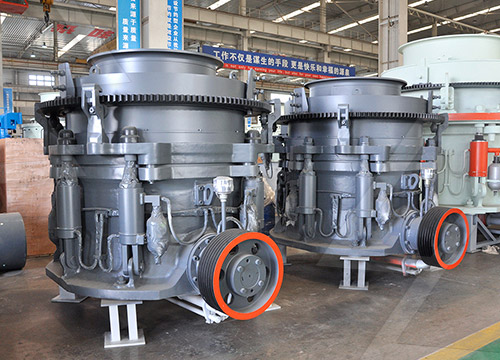Vibration limits for coal crushers are crucial to ensure operational safety, prevent mechanical damage, and maintain efficiency. While specific limits depend on the crusher type, design, and manufacturer recommendations, general guidelines are as follows:
Typical Vibration Limits for Coal Crushers
1. Overall Vibration Velocity (RMS)
– Acceptable Range: ≤ 4–6 mm/s (0.15–0.24 in/s)
– Alarm Threshold: 6–8 mm/s (0.24–0.31 in/s)
– Trip/Shutdown Threshold: ≥ 10 mm/s (0.39 in/s)
2. Frequency-Specific Limits
– Unbalance/misalignment issues often appear at 1× RPM (crusher rotational speed).
– Bearing defects may generate vibrations at higher frequencies (e.g., BPFO/BPFI frequencies).
3. ISO Standards Reference
– ISO 10816-3 for medium-sized machines (crushers typically fall under “Class II” or “Class III” equipment).
.jpg) Key Factors Influencing Vibration Limits
Key Factors Influencing Vibration Limits
– Crusher Type: Hammer mills, jaw crushers, and roll crushers may have different tolerances.
– Bearing Condition: Worn bearings increase vibration levels.
– Rotor Imbalance/Misalignment: Common causes of excessive vibration.
– Material Feed Rate & Moisture Content: Uneven or wet coal can induce instability.
 Recommended Actions if Limits Are Exceeded
Recommended Actions if Limits Are Exceeded
1. Check for mechanical looseness or misalignment.
2. Inspect bearings, couplings, and foundation bolts.
3. Balance the rotor if imbalance is detected.
4. Monitor trends using vibration analysis tools (e.g., FFT spectrum analysis).
For precise limits, always refer to the manufacturer’s manual or conduct a site-specific vibration analysis.
Would you like help interpreting a specific vibration reading from your coal crusher?




